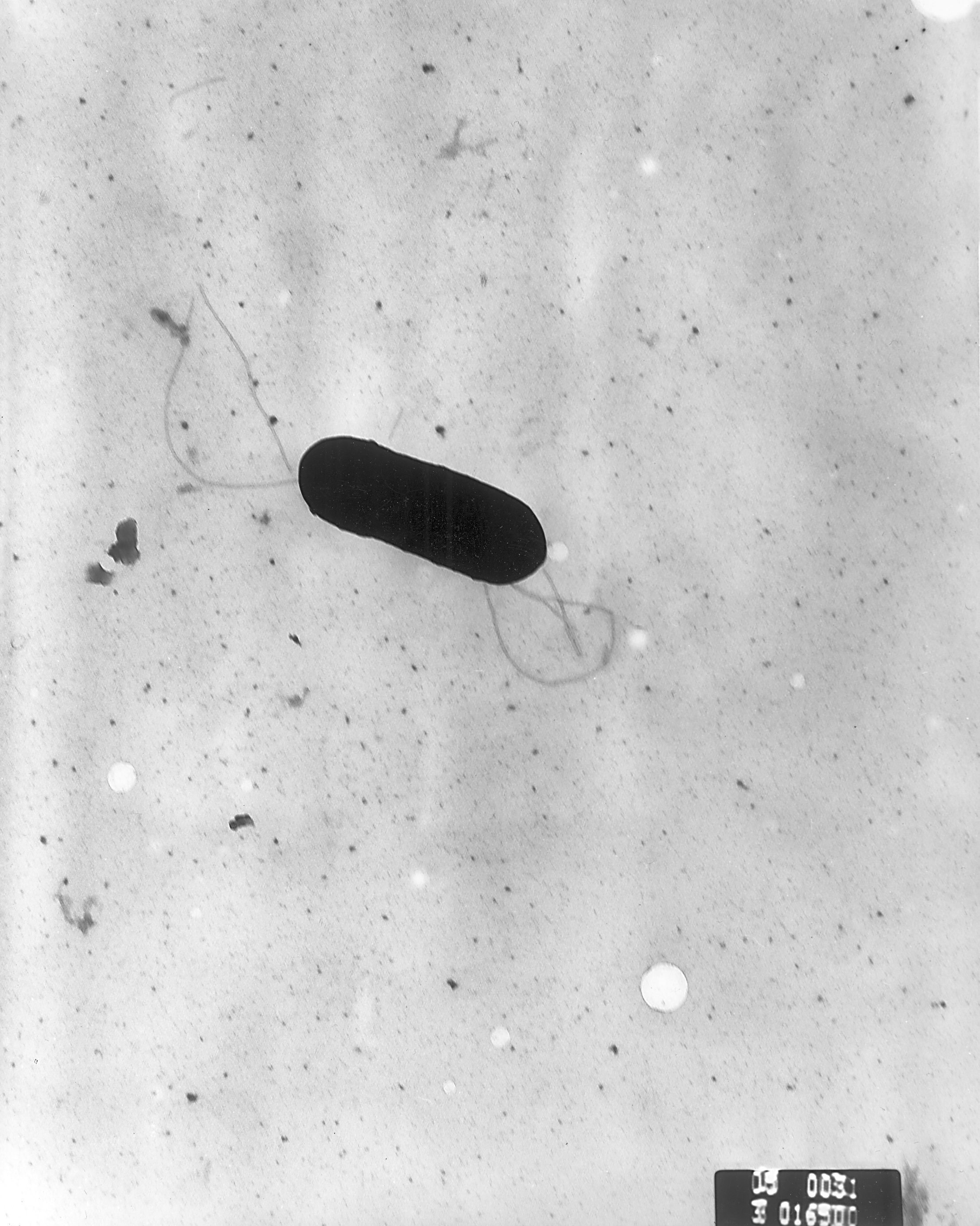Posts from the "Latest News" category
China Serves Up ‘Smart Chopsticks’ in Wake of Food Safety Scandals
AFP: From recycled cooking oil to fox meat and chemicals, a litany of food scandals have turned Chinese diners’ stomachs, but a new “smart chopsticks” concept could put the answer in their hands.
The device, which Internet search giant Baidu says can tell consumers whether the food in front of them is safe to eat, was born of an April Fool’s video.
Read the full article at abc.net.au
Image credit: Bruce Guenter / Flickr, CC BY 2.0
2014 CPS Symposium Key Learnings: 10 Lessons Learned
18 September 2014
Dr Bob Whitaker & Dr Jim Gorny from the Produce Marketing Association have provided a summary of 10 key lessons from the 2014 US Centre for Produce Safety (CPS) fifth annual reseach symposium.
Importer’s Fine Increased to Encourage Food Safety
Rebekah Carter writes: “Following a major food safety breach by Queensland food import company B&E Packaging, it has been announced that the fine for any breaches of the Imported Food Control Act 1992 will rise from $7,000 to $20,000.The hope is that this boosted fine will serve as an effective deterrent to food importers who may consider ignoring Australia’s strict food safety regulations.”
Read the full article at the Australian Institute of Food Safety (AIFS) website.
Image credit: Brian Turner / Flickr, CC BY 2.0
NZ MPI Releases Guidance Document on Determining the Shelf Life of Food
foodprocessing.com.au: The NZ Ministry for Primary Industries (MPI) has released the ‘How to Determine the Shelf Life of Food’ document.
The document is intended to help food operators who process, prepare and handle food to determine the shelf-life of their food and apply appropriate date marking. The guide is also useful for other food operators who process, prepare and handle foods for retail sale under the Food Act 1981, Animal Products Act 1999 and Food Act 2014.
Read the full article at foodprocessing.com.au
Download the document from foodsafety.govt.nz (PDF, 486 KB)
Food safety issue or regulatory compliance issue, asks Richard Bennett
Growers are always quick to make the distinction. There’s a big difference between foodborne illness due to microbiological contamination and exceeding the Maximum Residue Limit (MRL) for an agricultural chemical. The smallest traces of a human pathogen can lead to much suffering, even death, but the many-fold human safety buffer built in to the regulatory pesticide limits means that many, many kilograms, if not tonnes, of offending fruit or vegetable would need to be consumed before ill effects from the pesticide are suffered.
Read Article →Final Report Adds Details to USA E. coli Outbreak from Trader Joe’s Salads
James Andrews writes: In October 2013, 33 people in four [USA] states were sickened by E. coli O157:H7 in an outbreak that was quickly traced back to pre-packaged salads sold at Trader Joe’s grocery locations.
On Monday, the California Department of Public Health released its final report on the outbreak with a wealth of new details on the investigation, including two previously unreported additional salad products associated with the outbreak.
Read the full article at Food Safety News
Image credit: Sakura / Flickr, CC BY 2.0
Australia’s Lack of Food Safety Education Enhances Food Poisoning Risk
Grace Smith writes: Many of us believe that the only way we’re going to get food poisoning is through badly cooked chicken or an impromptu barbecue that has just gone wrong. However, it appears that Australians are regularly putting themselves in the firing-line for food poisoning, when they prepare food at home.
Read the full article at Food Safety News
Image credit: Michael Himbeault / Flickr, CC BY 2.0
Five key messages from the Fresh Produce Safety Conference, writes Richard Bennett
Nearly 130 representatives from across the Australian and New Zealand ‘food safety value chain’ attended the second Fresh Produce Safety Conference in Sydney on 11th August 2014. Growers, packers and marketers, wholesalers, processors and retailers, QA facilitators and auditors, academia, researchers and students, government, industry associations and input suppliers, were all well represented. The mix of formal presentations, the opportunity to put questions to speakers, the interactive outreach and research sessions and networking whenever possible were all well received.
Read Article →





